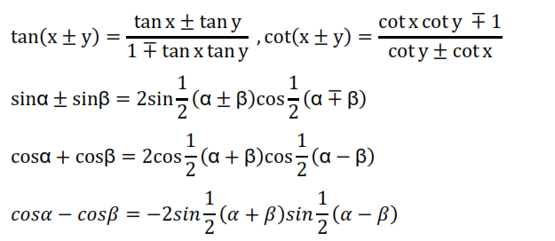

The Syllabus in the subject of Mathematics has undergone changes from time to time in accordance with growth of the subject and emerging needs of the society. Senior Secondary stage is a launching stage from where the students go either for higher academic education in Mathematics or for professional courses like Engineering, Physical and Biological science, Commerce or Computer Applications. The present revised syllabus has been designed in accordance with National Curriculum Framework 2005 and as per guidelines given in Focus Group on Teaching of Mathematics 2005 which is to meet the emerging needs of all categories of students. Motivating the topics from real life situations and other subject areas, greater emphasis has been laid on application of various concepts.
The broad objectives of teaching Mathematics at senior school stage intend to help the students:
One Paper
Total Period-240 [35 Minutes each]
Three Hours
Max Marks: 80
| No. | Units | No. of Periods | Marks |
|---|---|---|---|
| I. | Sets and Functions | 60 | 23 |
| II. | Algebra | 50 | 25 |
| III. | Coordinate Geometry | 50 | 12 |
| IV. | Calculus | 40 | 08 |
| V. | Statistics and Probability | 40 | 12 |
| Total | 240 | 80 | |
| Internal Assessment | 20 |
*No chapter/unit-wise weightage. Care to be taken to cover all the chapters.

Identities related to sin2x, cos2x, tan2 x, sin3x, cos3x and tan3x.
Time: 3 Hours
Max. Marks: 80
| S. No. | Typology of Questions | Total Marks | % Weight age |
|---|---|---|---|
| 1 | Remembering: Exhibit memory of previously learned material by recalling facts, terms, basic concepts, and answers. Understanding: Demonstrate understanding of facts and ideas by organizing, comparing, translating, interpreting, giving descriptions, and stating main ideas |
44 | 55 |
| 2 | Applying: Solve problems to new situations by applying acquired knowledge, facts, techniques and rules in a different way. | 20 | 25 |
| 3 | Analysing :
Examine and break information into parts by identifying motives or causes. Make inferences and find evidence to support generalizations
Evaluating: Present and defend opinions by making judgments about information, validity of ideas, or quality of work based on a set of criteria. Creating: Compile information together in a different way by combining elements in a new pattern or proposing alternative solutions |
16 | 20 |
| Total | 80 | 100 |
1. No chapter wise weightage. Care to be taken to cover all the chapters
2. Suitable internal variations may be made for generating various templates keeping the overall weightage to different form of questions and typology of questions same.
There will be no overall choice in the question paper.
However, 33% internal choices will be given in all the sections
| COMPLETE COURSE | REVISION DECEMBER TO FEBRUARY |
|---|---|
| Rs.14,000/- | Rs.10,000/- |
Those who register for complete course, they need not pay for revision classes.
Many programs allow learners to progress at their own pace. This means that they can spend more time on topics they find challenging and move quickly through areas they already understand, resulting in a personalized learning experience.
For Personal Support and Individual care,
please contact: +91
9884353569 or
drop an email at atomiceducation4@gmail.com